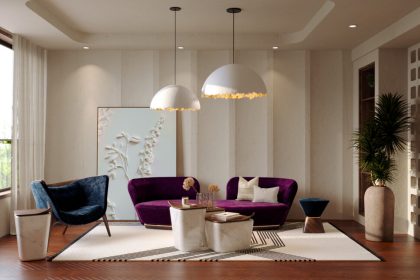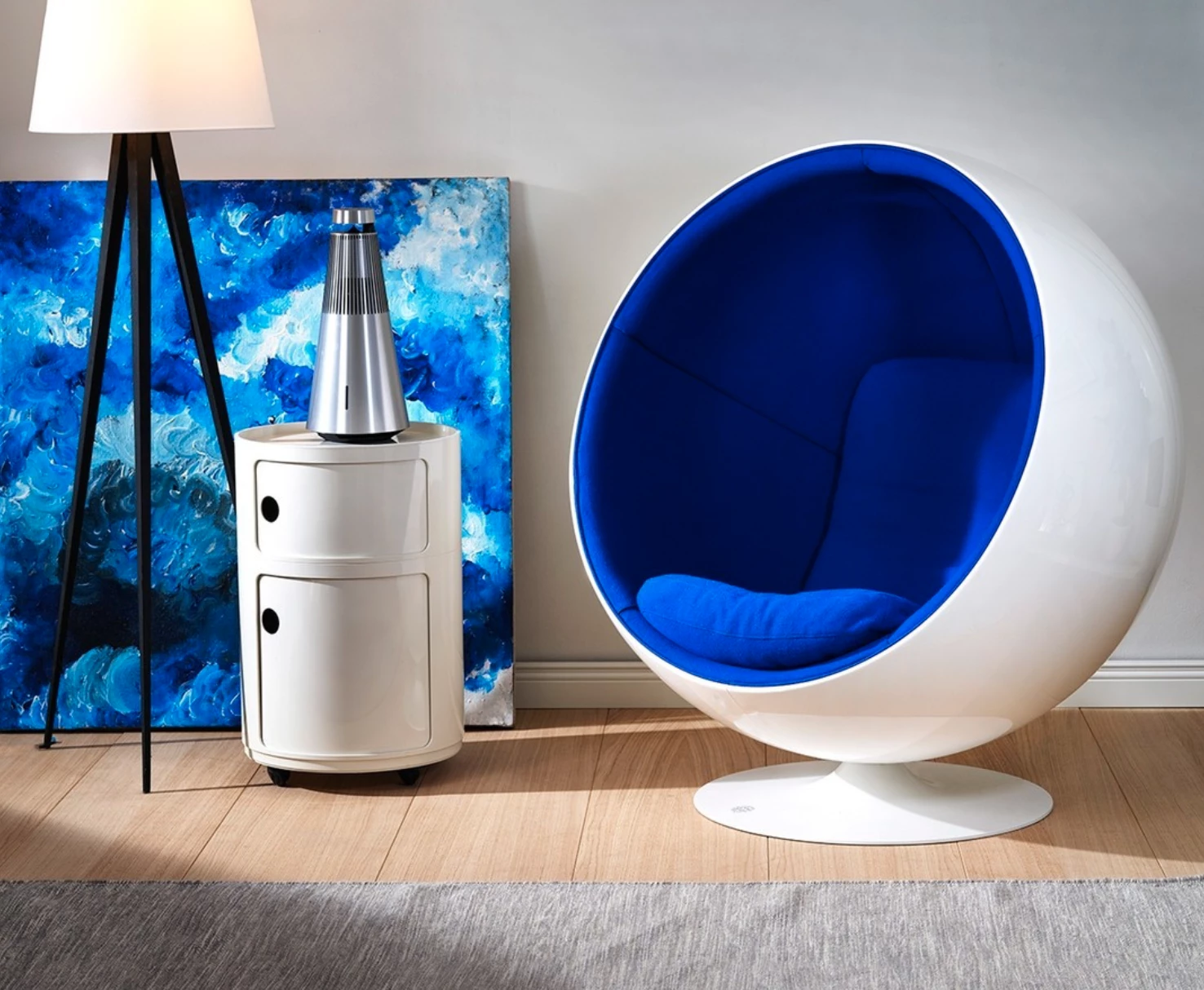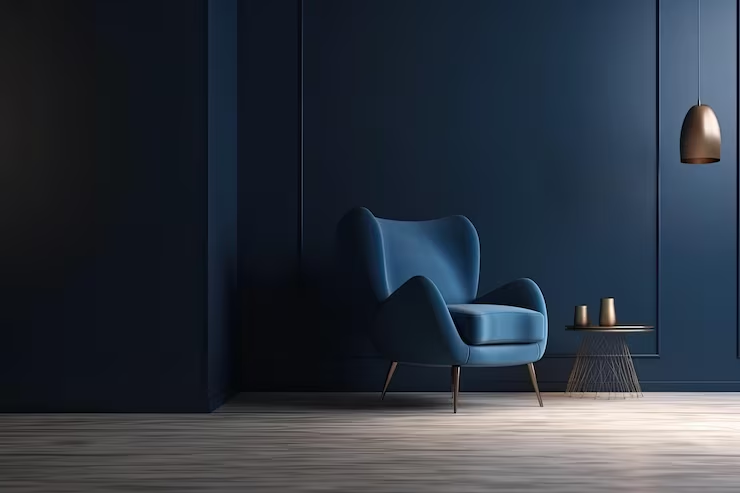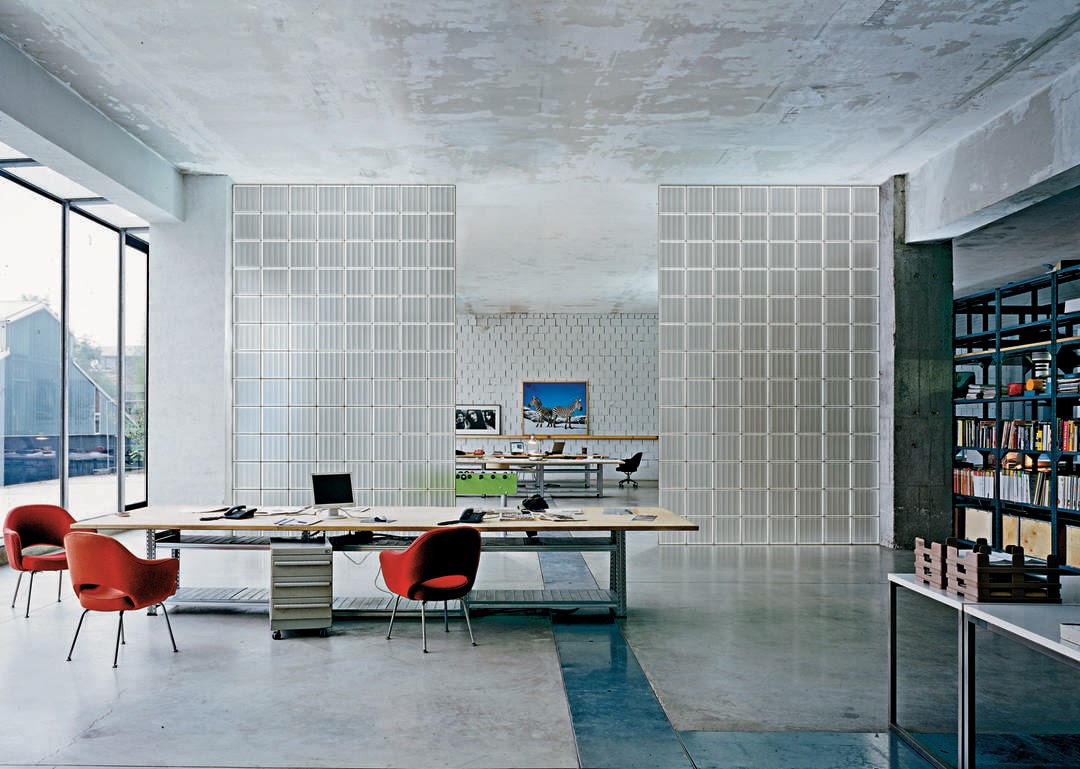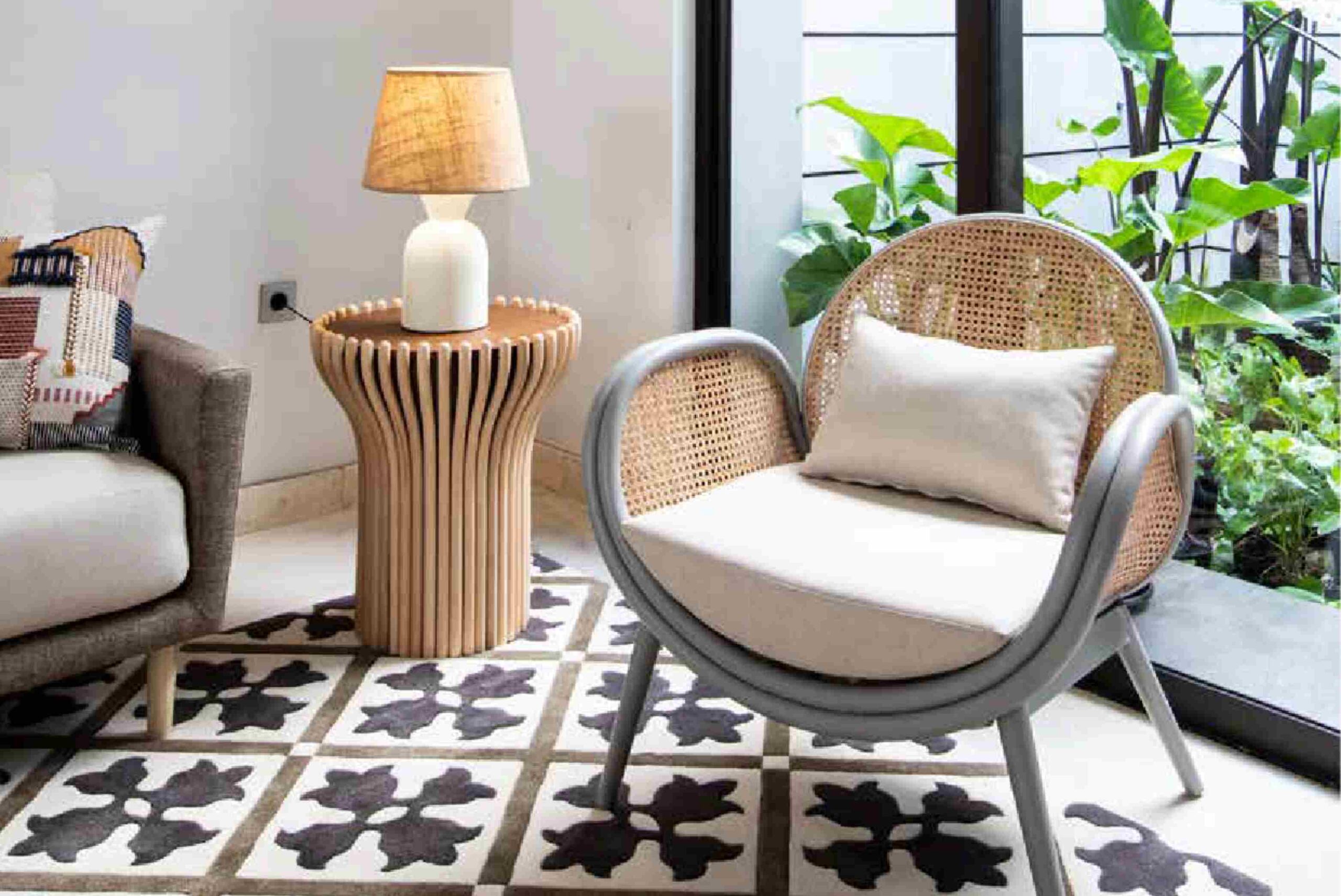As cities get busier and homes become smaller, the way we plan our living areas needs to change. Flexible interiors are not just a fancy idea anymore; they’re something everyone needs today. This idea is all about making spaces that can change and adapt based on what people need, how they live, and even new technology. In 2025, flexible interiors are changing more than just homes; they are also changing offices, shared living spaces, and hotels.
In this article, we’ll look at everything about flexible interiors, the good things they offer, and some real products that are already making a difference. You’ll also find out why people are choosing these solutions and how they can make daily life better.
Understanding Flexible Interiors
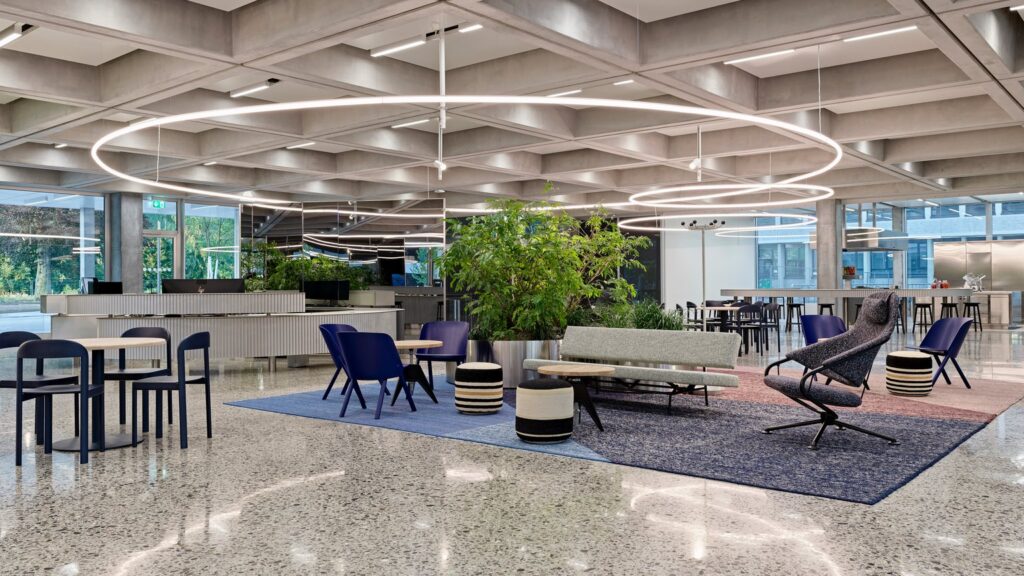
www.azuremagazine.com
Flexible interiors are designs that let spaces change easily to fit different needs. Rather than having fixed setups, furniture and rooms can be rearranged to serve various purposes. For example, a living room can become a bedroom, a workspace, or a place for socializing with little effort.
This adaptability comes from smart design ideas, modular furniture, and modern home technology.
It allows people to use space efficiently without losing comfort or style. In cities like New York, London, and Tokyo, flexible interiors help people make the most of small apartments while keeping up with modern living.
Benefits of Flexible Interiors
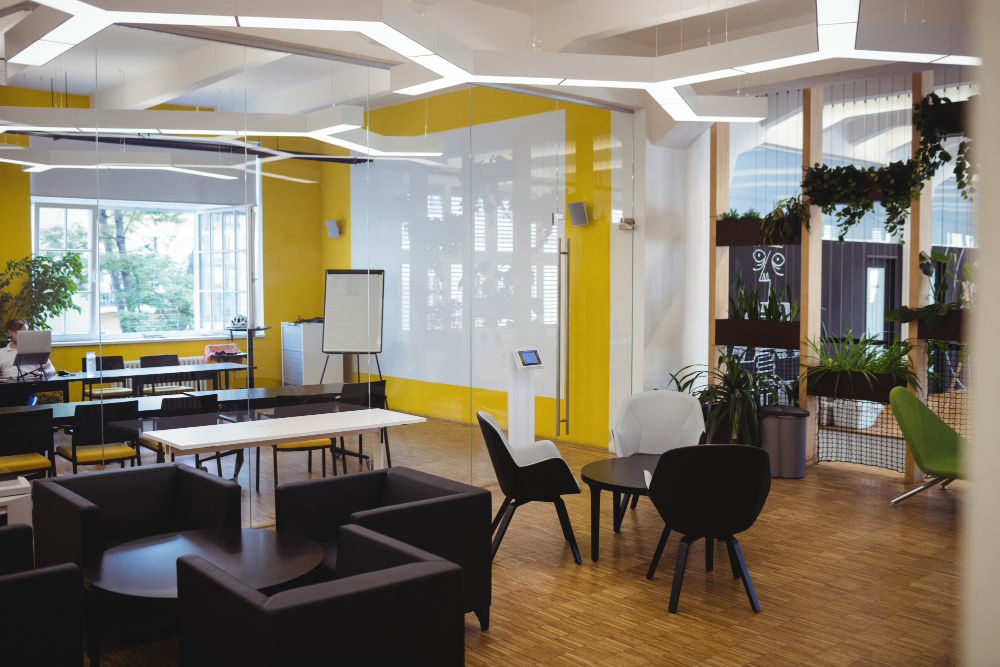
www.knightfrank.ie
Flexible interiors are more than just a style choice; they are real solutions to challenges in today’s life. They help make spaces work better, fit changing needs, and include smart tech to make homes more comfortable and ready for the future. Here are the key benefits explained in detail.
Space Optimization
One of the biggest advantages is making small areas feel larger. Flexible interiors use things like movable furniture, fold-out beds, and smart walls that can change to help one room do several jobs.
For example, a living room can quickly turn into a guest room with a wall bed or into a work area with a collapsible desk.
Instead of needing three rooms, you can use just one, which saves space and money.
Adaptability for Lifestyle Changes
Life changes over time, families grow, work habits change, and how we live evolves. Flexible interiors let homes change along with these shifts without costly changes.
For example, a person working from home can use a room as an office during the day and then switch it to a relaxation spot in the evening. Families with kids can rearrange furniture to match new needs as children grow.
Cost Efficiency
Choosing flexible interior designs can save money in the long run. Instead of buying several different furniture items for different uses, one piece that does multiple things can work for many purposes.
For example, a dining table that can expand into a work desk or a sofa that also serves as a bed cuts down on the need to buy extra furniture. This not only helps with costs but also keeps the home less crowded.
Enhanced Aesthetics
Flexible interiors are made to fit today’s way of living. Most items are stylish, simple, and modern, so they look good without losing their practical use.
Products like smart glass walls, adjustable shelves, or furniture that can change shape often have great finishes that match any home style, whether it’s a calm Scandinavian look or a bold industrial feel.
Integration with Technology
Smart homes have made flexible living even better. Things like beds that go up into the ceiling, storage systems that move on their own, and partitions that open with a tap or a voice command can all be controlled from your phone or with your voice.
This means your home can change quickly, just by pressing a button. Think about lowering your bed at night and pulling it back up in the morning without even getting out of bed.
Sustainability
Flexible interiors help the planet by using less waste and making furniture last longer. Instead of buying new furniture every time your needs change, you can use designs that change with you.
For example, adjustable shelves can be set up differently as your life changes, so you don’t have to throw away or buy new stuff so often. This makes flexible living a good choice for people who care about the environment.
Increased Property Value
Houses with a flexible design often sell faster or rent better. A small apartment with smart, multi-use furniture can feel much bigger and more attractive, which adds value to the home. For builders, adding flexible designs can make their projects stand out in a crowded market.
Improved Well-Being
Finally, flexible interiors help people feel better both mentally and physically. Living in a messy or small space can make you stressed, but flexible options make it easier to stay organized, keep things clean, and move smoothly from work to rest to sleep. Having a space that can change to suit different activities helps create a better balance in life.
Real-World Examples of Flexible Interior Products
Below are six innovative products that showcase how flexible interiors are already shaping the future of living.
1. Ori Cloud Bed by Ori Living
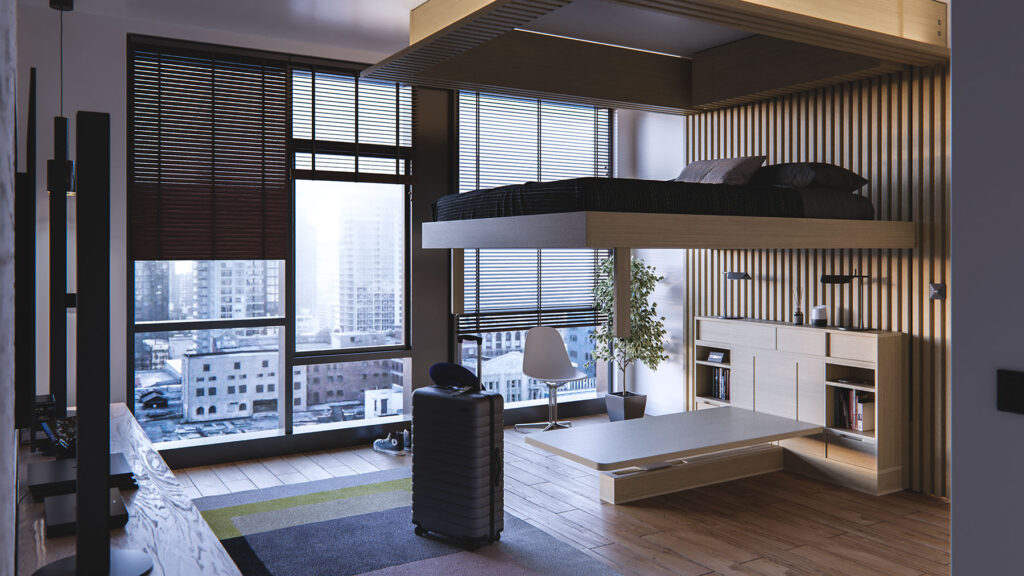
cdn.prod.website-files.com
The Ori Cloud Bed is one of the most iconic flexible interior solutions today. It transforms a small studio apartment into a multi-functional living space by lowering from the ceiling when needed.
During the day, the bed retracts upward, revealing a living room or office space below. At night, it lowers to become a comfortable sleeping area. This solves the problem of limited floor space in compact apartments.
Benefits:
- Maximizes small apartments by offering two functions in one.
- Easy to operate with automated controls.
- Provides privacy and comfort in shared living environments.
Use Case: Perfect for young professionals or students living in small urban apartments.
2. IKEA Platsa Modular Storage System
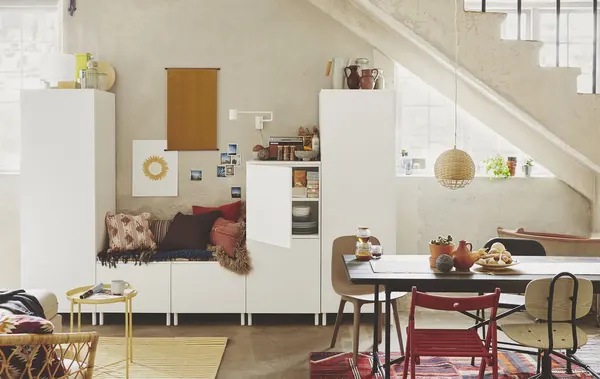
www.ikea.com
IKEA’s Platsa system is designed to fit into any corner of the home, from attics with slanted ceilings to tight hallway spaces. It allows homeowners to create customized storage and even integrate it with beds or seating.
Benefits:
- Provides adaptable storage solutions.
- Budget-friendly yet durable.
- Helps reduce clutter, essential for minimal living.
Use Case: Families with growing children who need evolving storage spaces can reconfigure the Platsa system as needs change.
3. Bumblebee Modular Ceiling Storage
This innovative product stores large items like bicycles, strollers, or even seasonal furniture in a motorized ceiling unit. Using ceiling height frees up valuable floor space.
Benefits:
- Reduces clutter by utilizing unused overhead space.
- Operates with smart automation for easy access.
- Keeps homes clean, especially in compact apartments.
Use Case: Ideal for city dwellers who own bikes but have no storage space.
4. Resource Furniture Murphy Sofa Bed
Resource Furniture is known for luxury Murphy beds that transform into sofas, desks, or shelving units. Their products combine high-end aesthetics with practical flexibility.
Benefits:
- Multifunctional, turning one room into two.
- Stylish, blending with modern interiors.
- Saves significant space in small apartments.
Use Case: Families living in high-cost housing markets where every square meter counts.
5. Clei Transformable Tables and Desks
Clei specializes in Italian-designed flexible furniture. Their transformable tables and desks can expand, fold, or hide depending on need. A dining table can become a console, or a desk can vanish into a wall unit.
Benefits:
- Helps multifunctional spaces like studio apartments.
- Adds elegance while staying practical.
- Reduces the need for multiple furniture purchases.
Use Case: Remote workers who want an office setup that disappears when work ends.
6. Smart Glass Partitions
Smart glass partitions can change from transparent to opaque with the flick of a switch. They allow rooms to transform instantly between open-concept and private.
Benefits:
- Enhances privacy without taking permanent space.
- Modern, sleek technology that fits futuristic homes.
- Reduces the need for permanent walls.
Use Case: Open-concept apartments that require occasional privacy for work or guests.
Why People Need Flexible Interiors

encrypted-tbn0.gstatic.com
The demand for flexible interiors is driven by several lifestyle and economic factors:
- Rising Urban Density – As more people live in cities, apartments are getting smaller. Flexibility helps maximize comfort.
- Work-From-Home Revolution – Remote work requires homes to double as offices.
- Sustainability – Flexible furniture reduces the need for frequent replacements.
- Economic Value – Investing in multifunctional furniture can save money long-term.
How to Buy Flexible Interior Products
When purchasing flexible interior products, consider:
- Lifestyle Needs: A student may need a Murphy bed, while a family might prioritize modular storage.
- Space Dimensions: Measure carefully before choosing large items like Ori Cloud Beds.
- Budget: Solutions range from affordable IKEA designs to high-end Italian furniture.
- Retailers: These products can be purchased directly from manufacturers’ online stores, luxury furniture showrooms, or design retailers like IKEA.
Frequently Asked Questions
Q1: Are flexible interiors durable?
Yes, most flexible interior products are made with durable materials designed to handle repeated transformations. Brands like Resource Furniture and Clei emphasize long-lasting mechanisms.
Q2: Do flexible interiors suit large homes?
Absolutely. While often associated with small apartments, flexible interiors also help larger homes create multifunctional rooms, like a guest room that doubles as a home office.
Q3: Are these solutions expensive?
Prices vary widely. IKEA offers affordable options, while high-end Italian brands can be costly. However, the investment often saves money and space long-term.

